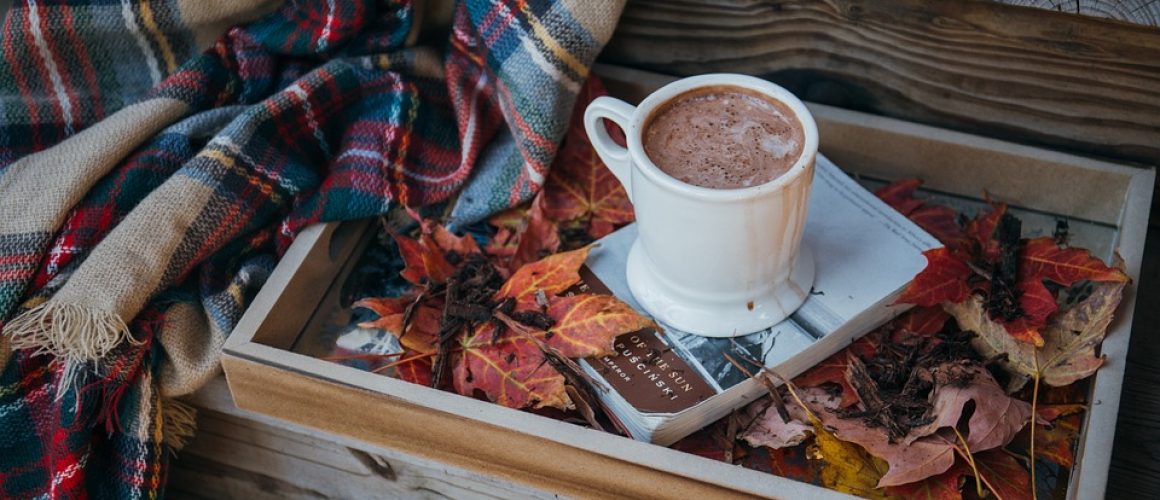Coffee Roasting: The Craft Behind Crafting Quality Coffee
As a coffee expert, I can tell you that there is no substitute for the craft of coffee roasting. Whether you prefer a bold espresso or a smooth pour-over, the key to a perfect cup of coffee is in the roasting process.
Roasting is the process of heating raw coffee beans to a certain temperature to bring out their unique flavor characteristics. The art of roasting involves a delicate balance of time, temperature, and technique to ensure each batch of beans is roasted to perfection.
Most coffee is roasted between 350-450°F, with some specialty roasts reaching up to 500°F. At these high temperatures, the beans undergo a chemical reaction known as pyrolysis, which causes the beans to turn brown and develop their signature flavor profiles.
During the roasting process, the beans can also lose up to 20% of their weight due to the release of water and carbon dioxide. The level of roast can also greatly affect the final flavor of the coffee – from light and floral to dark and smoky.
One of the most important aspects of coffee roasting is the green coffee bean selection. Coffee beans are sourced from a variety of regions around the world, and each region produces unique flavor profiles. Coffee roasters must carefully select beans that meet their desired flavor profile and quality standards.
Once the beans are selected, the roasting process begins. There are a variety of methods for roasting coffee, including drum roasting, air roasting, and fluid bed roasting. Each method has its own unique benefits and drawbacks, and it is up to the roaster to decide which method will produce the best coffee for their customers.
One of the most popular methods of coffee roasting is drum roasting. In this method, the beans are placed in a rotating drum and heated by a direct flame or hot air. This method allows for even roasting and can produce consistent batches of coffee.
Air roasting, on the other hand, uses hot air to roast the beans, similar to a popper. This method can produce a lighter and brighter roast, but also requires more attention to prevent scorching and over-roasting.
Fluid bed roasting is the newest method of roasting, using a bed of hot air to circulate the beans. This method allows for precise control of the roast level and temperature, resulting in a consistent and high-quality roast.
No matter the method, the roaster must monitor the beans carefully throughout the process to ensure they are not over-roasted or under-roasted. The roasting process typically lasts 10-20 minutes, with the roaster regularly sampling the beans to ensure they are being roasted to their desired level.
Once the beans have been roasted to perfection, they must be cooled down quickly to prevent further roasting. This is typically done by rapidly cooling the beans with air or water.
The final step in the coffee roasting process is packaging and distribution. Coffee beans must be packaged immediately to prevent oxidation and maintain their flavor profile. Most specialty coffee roasters prefer to package their beans in airtight bags with one-way valves, allowing for the release of carbon dioxide while preventing oxygen from entering the bag.
As a coffee lover, it is important to understand the craft of coffee roasting and the impact it has on the final flavor of your coffee. A skilled roaster can bring out the nuances of each coffee bean, resulting in a unique and delicious cup of coffee.
So next time you sip a cup of coffee, take a moment to appreciate the art of coffee roasting and the dedication of the skilled professionals who make it all possible. Their attention to detail ensures that every cup of coffee is a true work of art.


